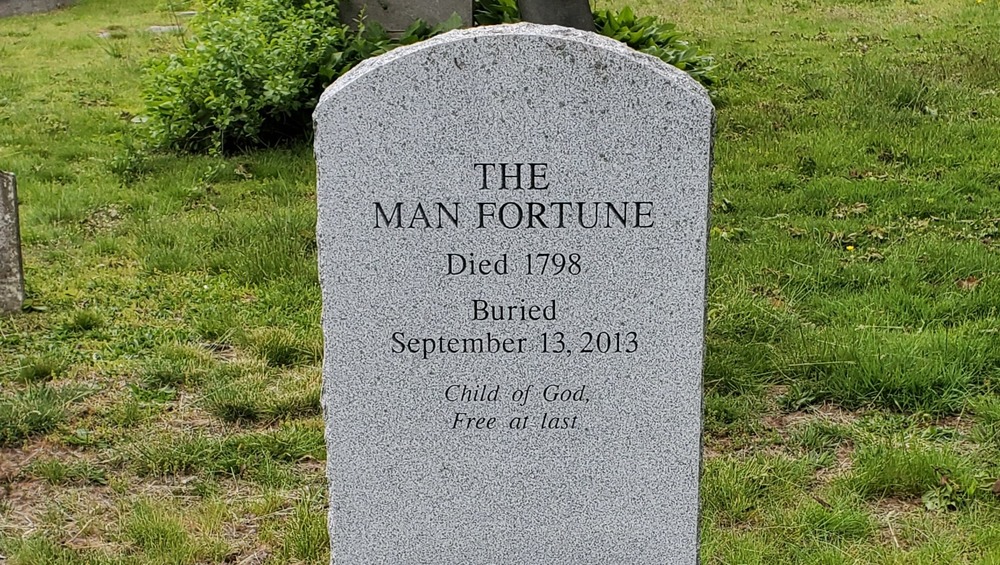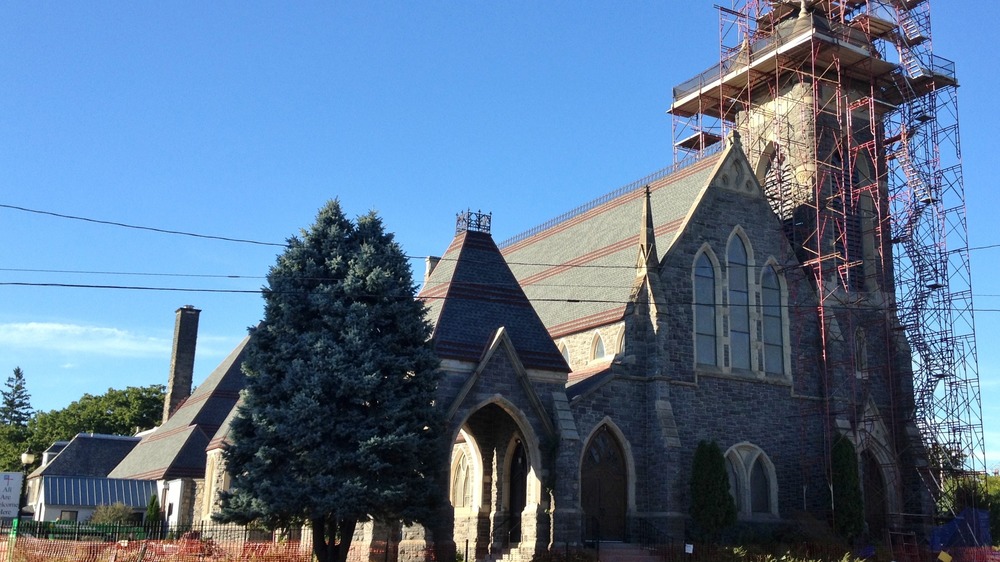The Tragic Story Of The Slave Who Was Laid To Rest 200 Years After His Death
Although an African American slave named Mr. Fortune died in 1798, he got his long overdue rest 215 years after his demise in a special ceremony. "It's a long overdue honor," said Steven R. Mullins to the Daily Mail in 2013. "We're not just remembering one man. His body is representing all of the slaves that came over here and worked in this country."
Fortune worked on a farm in Westbury, Connecticut, until his death, possibly from a broken neck, at about age 55. It is thought he drowned in the Naugatuck River. His owner, Dr. Preserved Porter, boiled Fortune's skeleton so he could study its anatomy. The bone specialist and his heirs used the bones to educate others.
The doctor also owned Fortune's family, including his wife Dinah and several children: Jacob, born in 1786; Mira, in 1789; and Roxa, in 1791, according to the Mattatuck Museum website. Fortune also had another son, Africa, born in 1772, although the location and mother of that child is unknown.
Despite being owned by Porter, Fortune and his family had their own house about a quarter mile away from the doctor's farm and home. Not much else is known about Fortune. At some point, he fractured his left hand and badly sprained his ankle. Scientists also believe he suffered lower back pain or had hurt the area.
A final resting place ... finally
The bones of the 5-foot, 5-inch man eventually ended up in the Mattatuck Museum in 1933, after Dr. Sally Porter Law McGlannan, a descendent of Dr. Porter, donated them. "In her correspondence with the museum, Dr. McGlannan wrote of receiving her first medical instruction as a child when her father taught her the names of the bones using Fortune's skeleton, 'just as the Porters were taught in the ages gone before.'"
Fortune's name was forgotten by the time McGlannan inherited the bones, and the skeleton had been dubbed "Larry." "He was displayed the way you'd see a skeleton in a doctor's office," says Marie Galbraith, the museum's executive director, to NPR.
Fortune remained that way until 1970, according to Public Radio, "when museum officials finally acknowledged that he was more than a collection of bones." "Larry" was then sent into storage until 1999, when the African-American History Project Committee in Waterbury found out about the skeleton. After some research, "Larry" became Fortune again.
A memorial service at St. John's Episcopal Church — the same place where Fortune was baptized — occurred prior to his burial at Riverside Cemetery.
"Fortune was a Waterbury man who worked, lived and died in our state at a time when African-Americans were denied basic civil rights. After 215 years, he will finally be laid to rest," CNN quoted then-Connecticut Gov. Dannel P. Malloy. "While we can't undo the wrongs of the past, we can honor those who were affected and push for positive change in the future."

